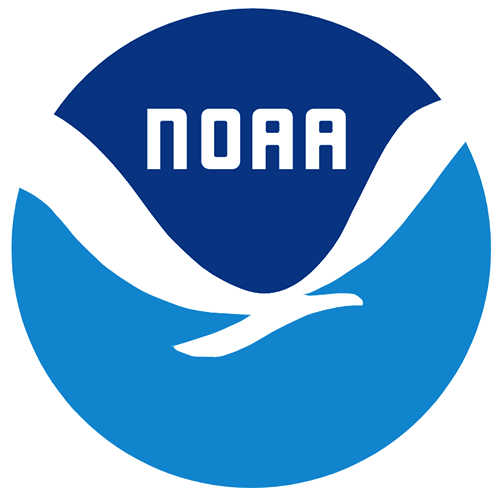2012 USGS EAARL-B Lidar: Pre-Sandy (NJ)
Welcome Guest ( Sign In )
NOAA
 ASCII xyz and binary point-cloud data, as well as a digital elevation model (DEM) of a portion of the New Jersey coastline, pre- and post-Hurricane Sandy (October 2012 hurricane), were produced from remotely sensed, geographically referenced elevation measurements by the U.S. Geological Survey (USGS). Elevation measurements were collected over the area using the second-generation Experimental Advanced Airborne Research Lidar (EAARL-B), a pulsed laser ranging system mounted onboard an aircraft to measure ground elevation, vegetation canopy, and coastal topography. The system uses high-frequency laser beams directed at the Earth's surface through an opening in the bottom of the aircraft's fuselage. The laser system records the time difference between emission of the laser beam and the reception of the reflected laser signal in the aircraft. The plane travels over the target area at approximately 55 meters per second at an elevation of approximately 300 meters, resulting in a laser swath of approximately 240 meters with an average point spacing of 0.5 - 1.6 meters. The nominal vertical elevation accuracy expressed as the root mean square error (RMSE) is 20 centimeters. A peak sampling rate of 15 - 30 kilohertz results in an extremely dense spatial elevation dataset. Over 100 kilometers of coastline can be surveyed easily within a 3-to-4-hour mission. When resultant elevation maps for an area are analyzed, they provide a useful tool to make management decisions regarding land development.
Original contact information:
Contact Name: Xan Fredericks
Contact Org: Cherokee Nation Technology Solutions, U.S. Geological Survey, St. Petersburg Coastal and Marine Science Center, St. Petersburg, FL
Title: Lidar Validation and Processing Analyst
Phone: 727 502-8086
Email: afredericks@usgs.gov
This data set is an LAZ (compressed LAS) format file containing LIDAR point cloud data.
ASCII xyz and binary point-cloud data, as well as a digital elevation model (DEM) of a portion of the New Jersey coastline, pre- and post-Hurricane Sandy (October 2012 hurricane), were produced from remotely sensed, geographically referenced elevation measurements by the U.S. Geological Survey (USGS). Elevation measurements were collected over the area using the second-generation Experimental Advanced Airborne Research Lidar (EAARL-B), a pulsed laser ranging system mounted onboard an aircraft to measure ground elevation, vegetation canopy, and coastal topography. The system uses high-frequency laser beams directed at the Earth's surface through an opening in the bottom of the aircraft's fuselage. The laser system records the time difference between emission of the laser beam and the reception of the reflected laser signal in the aircraft. The plane travels over the target area at approximately 55 meters per second at an elevation of approximately 300 meters, resulting in a laser swath of approximately 240 meters with an average point spacing of 0.5 - 1.6 meters. The nominal vertical elevation accuracy expressed as the root mean square error (RMSE) is 20 centimeters. A peak sampling rate of 15 - 30 kilohertz results in an extremely dense spatial elevation dataset. Over 100 kilometers of coastline can be surveyed easily within a 3-to-4-hour mission. When resultant elevation maps for an area are analyzed, they provide a useful tool to make management decisions regarding land development.
Original contact information:
Contact Name: Xan Fredericks
Contact Org: Cherokee Nation Technology Solutions, U.S. Geological Survey, St. Petersburg Coastal and Marine Science Center, St. Petersburg, FL
Title: Lidar Validation and Processing Analyst
Phone: 727 502-8086
Email: afredericks@usgs.gov
This data set is an LAZ (compressed LAS) format file containing LIDAR point cloud data.
